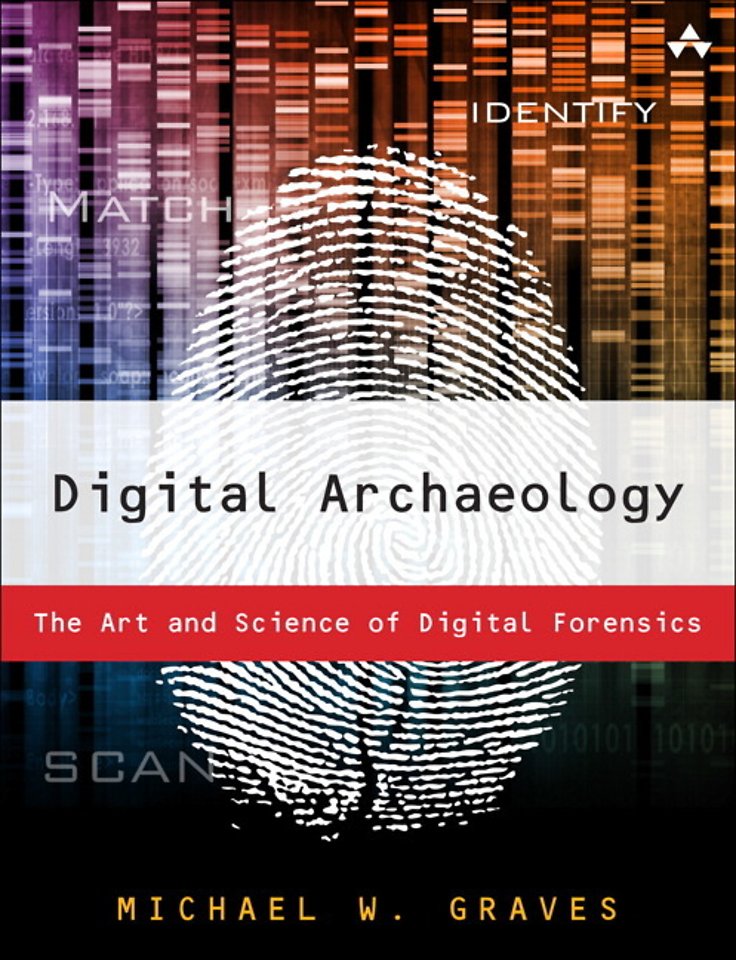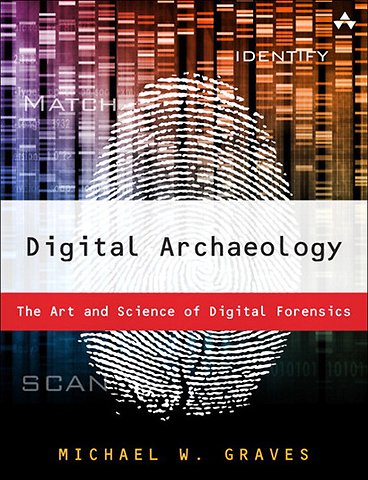Digital Archaeology: The Art and Science of Digital Forensics
Samenvatting
The Definitive, Up-to-Date Guide to Digital Forensics
The rapid proliferation of cyber crime is increasing the demand for digital forensics experts in both law enforcement and in the private sector. In 'Digital Archaeology', expert practitioner Michael Graves has written the most thorough, realistic, and up-to-date guide to the principles and techniques of modern digital forensics.
Graves begins by providing a solid understanding of the legal underpinnings of and critical laws affecting computer forensics, including key principles of evidence and case law. Next, he explains how to systematically and thoroughly investigate computer systems to unearth crimes or other misbehavior, and back it up with evidence that will stand up in court.
Drawing on the analogy of archaeological research, Graves explains each key tool and method investigators use to reliably uncover hidden information in digital systems. His detailed demonstrations often include the actual syntax of command-line utilities. Along the way, he presents exclusive coverage of facilities management, a full chapter on the crucial topic of first response to a digital crime scene, and up-to-the-minute coverage of investigating evidence in the cloud.
Graves concludes by presenting coverage of important professional and business issues associated with building a career in digital forensics, including current licensing and certification requirements.
Topics Covered Include
- Acquiring and analyzing data in ways consistent with forensic procedure
- Recovering and examining e-mail, Web, and networking activity
- Investigating users' behavior on mobile devices
- Overcoming anti-forensics measures that seek to prevent data capture and analysis
- Performing comprehensive electronic discovery in connection with lawsuits
- Effectively managing cases and documenting the evidence you find
- Planning and building your career in digital forensics
'Digital Archaeology' is a key resource for anyone preparing for a career as a professional investigator; for IT professionals who are sometimes called upon to assist in investigations; and for those seeking an explanation of the processes involved in preparing an effective defense, including how to avoid the legally indefensible destruction of digital evidence.
Specificaties
Inhoudsopgave
U kunt van deze inhoudsopgave een PDF downloaden
About the Author
1. The Anatomy of a Digital Investigation
2. Laws Affecting Forensic Investigations
3. Search Warrants and Subpoenas
4. Legislated Privacy Concerns
5. The Admissibility of Evidence
6. First Response and the Digital Investigator
7. Data Acquisition
8. Finding Lost Files
9. Document Analysis
10. E-mail Forensics
11. Web Forensics
12. Searching the Network
13. Excavating a Cloud
14. Mobile Device Forensics
15. Fighting Antiforensics
16. Litigation and Electronic Discovery
17. Case Management and Report Writing
18. Tools of the Digital Investigator
19. Building a Forensic Workstation
20. Licensing and Certification
21. The Business of Digital Forensics
Appendix A: Chapter Review Answers
Appendix B: Sample Forms
Glossary
Index
Anderen die dit boek kochten, kochten ook
Net verschenen
Rubrieken
- aanbestedingsrecht
- aansprakelijkheids- en verzekeringsrecht
- accountancy
- algemeen juridisch
- arbeidsrecht
- bank- en effectenrecht
- bestuursrecht
- bouwrecht
- burgerlijk recht en procesrecht
- europees-internationaal recht
- fiscaal recht
- gezondheidsrecht
- insolventierecht
- intellectuele eigendom en ict-recht
- management
- mens en maatschappij
- milieu- en omgevingsrecht
- notarieel recht
- ondernemingsrecht
- pensioenrecht
- personen- en familierecht
- sociale zekerheidsrecht
- staatsrecht
- strafrecht en criminologie
- vastgoed- en huurrecht
- vreemdelingenrecht








